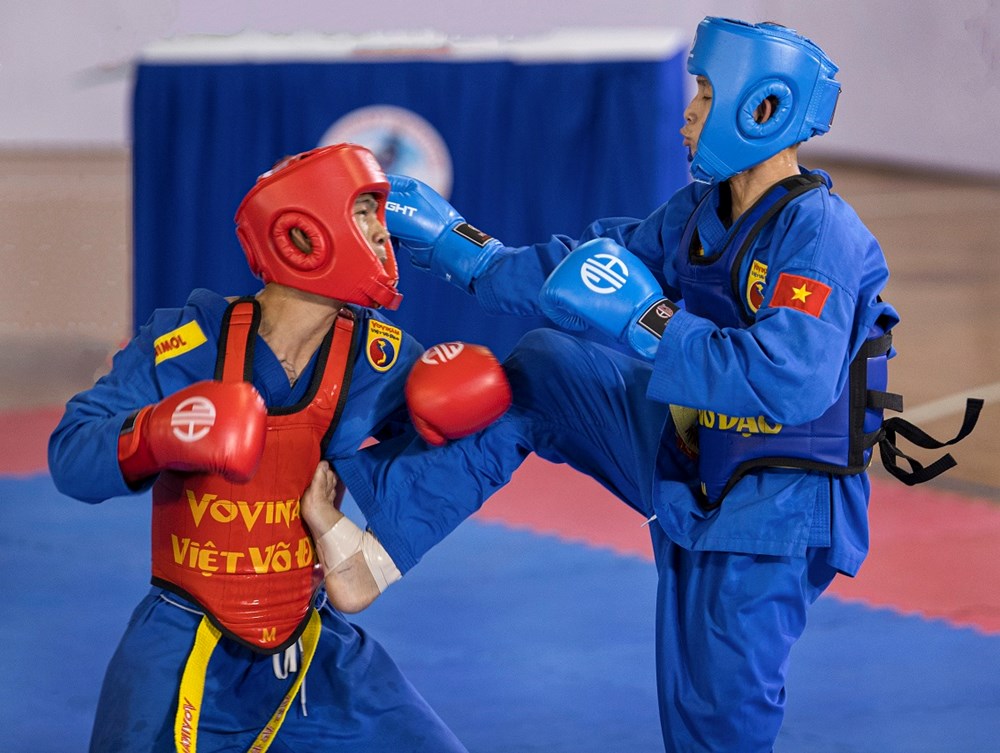
New models from Ho Chi Minh City and Ninh Binh show a strategic vision in restructuring not only to optimize resources but also to create a foundation for professional, modern and sustainable sports development.
This is the time for sport to assert its position in the cultural, economic and social pillars of new megacities and dynamic regions.
Ho Chi Minh City shapes sports center
In the context of administrative restructuring and the merger of three localities: Ho Chi Minh City - Binh Duong - Ba Ria Vung Tau, the sports industry of Ho Chi Minh City is facing a turning point mission.
Deputy Director of the Department of Culture, Sports and Tourism of Ho Chi Minh City Nguyen Nam Nhan emphasized that this is an opportunity to build a strategic vision, turning the new Ho Chi Minh City into a special sports center of a megacity, playing a leading role in developing physical education and sports in the new era.
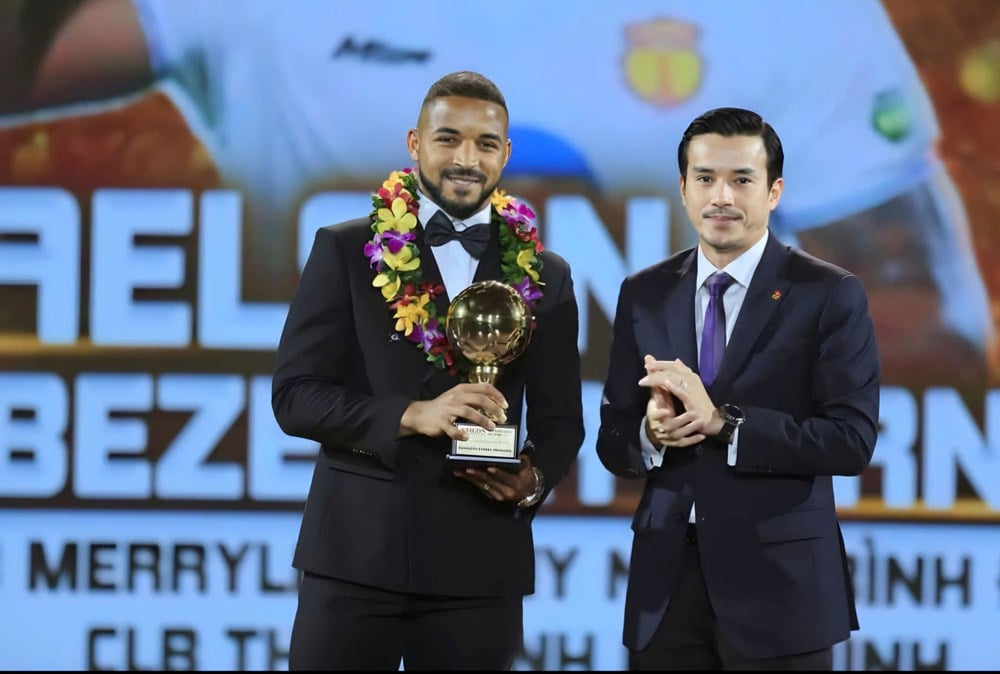
The strategy focuses on forming a “sports triangle” with Ho Chi Minh City as the center for training, research and application of advanced sports science; Binh Duong (old) developing talent training and sports industry; Ba Ria - Vung Tau (old) exploiting its strengths in event organization and marine sports. Ho Chi Minh City will connect localities to form a comprehensive model from training, event organization to sports market development on the basis of digitalization, large population and strong economy.
After the merger, the sports facilities system in Ho Chi Minh City expanded to 3,700 facilities. However, due to fragmented management and lack of connection, many places operate below their potential.
The city proposes the model of "Open Sports Institution Network", multi-subject management between the government, social organizations, businesses and people; allowing sports federations and community clubs to operate according to the model of "right to use - organize - share benefits" on a comprehensive digital platform.
Ho Chi Minh City also identifies sports as a special economic sector. Fields such as training, sports experience, sports tourism, equipment manufacturing, costumes, technology and health care will be promoted. Private enterprises, academies, professional clubs, sponsorship and television copyright will be the main driving forces.
The city recommends building a flexible legal framework, tax incentives, and planning modern sports clusters to develop an integrated model of sports, technology, and economy.
Regarding the organizational structure, Ho Chi Minh City will restructure in two phases, initially maintaining stability until 2025 to ensure the rights of coaches and athletes, then streamlining and becoming more efficient, expected to reduce 20-25% of the workforce, focusing on sports with potential and influence. The consistent viewpoint is not to be stereotyped or mechanical, but to consider this as an opportunity for strategic investment and professional development.
Ho Chi Minh City is developing a project to develop urban sports for the 2025-2035 period, in line with the national sports strategy. At the same time, the city aims to build a KPI system to evaluate the effectiveness of institutions, public health and growth of the sports industry; promote physical education, considering school sports as the foundation for sustainable development.
Sports, as Mr. Nguyen Nam Nhan said, will be the "civilization index" of a modern megacity.
Ninh Binh expands space and sports potential
After merging from three provinces of Ninh Binh, Nam Dinh and Ha Nam, the new Ninh Binh province is opening up a large space for development. Not only in sports but also in all other fields, the province possesses many unique competitive advantages that are a combination of economy, culture, society and resources.
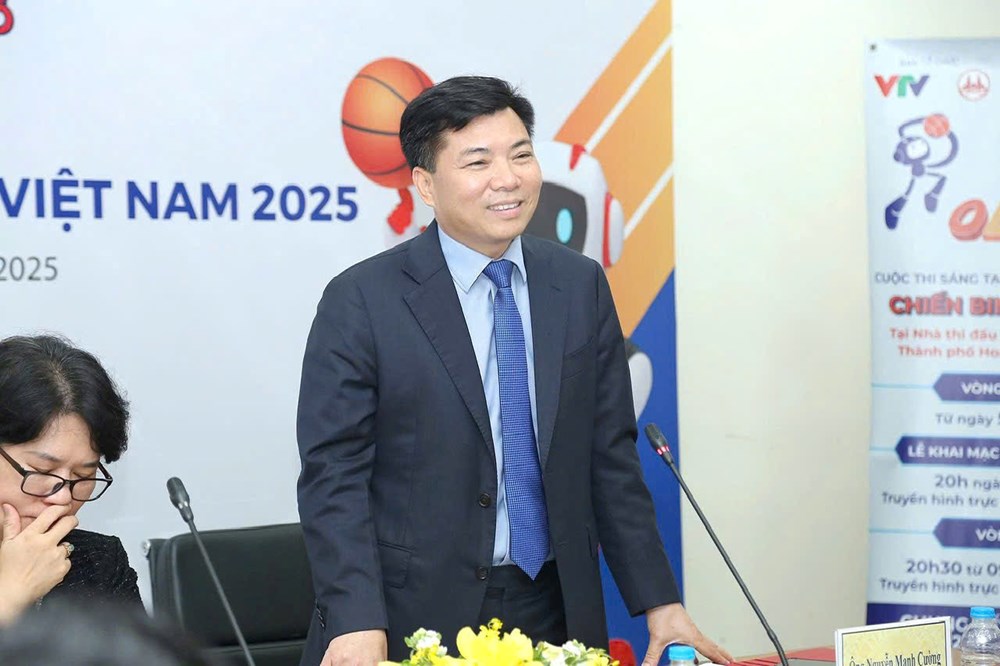
Permanent Deputy Director of Ninh Binh Department of Culture and Sports Nguyen Manh Cuong assessed that after the merger, the province has an important and strategic geographical position. The province has an area of over 3,900 km² and a population of over 4.4 million people (the 6th largest in the country), equivalent to key provinces such as Thanh Hoa, Nghe An...
The expanded economic space creates favorable conditions for regional planning and the development of sports institutions in the direction of multi-center linkage. These are also three localities with strong sports traditions.
Nam Dinh (old) is the cradle of football, with Nam Dinh Green Steel Club winning the V.League I championship twice in a row; Thien Truong Stadium always brings exciting and vibrant football "parties"; along with other strong sports such as martial arts, athletics...
Ha Nam (old) stands out with women's football and a series of excellent achievements of Phong Phu Ha Nam Club, Jujitsu, athletics... Ninh Binh (old) also has a professional football team; is one of the few provinces nationwide with two volleyball teams (men's and women's) in the top 4 strongest teams in the country; is the place that successfully hosts many national and international sporting events...
When combined, the three localities form a "sports triangle" that complements each other in the following sports: Men's football, women's football, men's volleyball, women's volleyball, grassroots sports, tourism sports, martial arts, athletics, chess...
The existing sports facilities of Ninh Binh province are very significant, such as Thien Truong Stadium, Ninh Binh Stadium, Ha Nam Stadium, Ha Nam Gymnasium, Tran Quoc Toan Gymnasium, Nam Dinh Sports Palace, Nam Dinh covered swimming pool, Tran Khanh Du swimming pool, etc., which are being assigned to sports units to continue to effectively exploit, both serving people to participate in training, enjoyment, and experience, serving high-level sports, and creating a foundation for organizing events and developing the sports economy.
Ninh Binh also focuses on investing in athlete training, selecting strong sports to develop high-performance sports. Currently, the model of developing sports combined with tourism is a potential direction, especially in the context of the province having advantages with historical and cultural heritages, natural landscapes, traditional festivals and unique tourism products.
When exploited synchronously, sports will not only be an auxiliary field but will become a tool to promote the province's image, promoting comprehensive economic and social development.
With innovative models from Ho Chi Minh City, Ninh Binh and many other localities, the sports industry nationwide is facing a period of profound “reconstruction”. This is not just about adjusting the apparatus, but also about recreating a modern, integrated, unique and powerful sports industry - ready to enter a stage of sustainable development in the new era.
Source: https://baovanhoa.vn/the-thao/tai-kien-thiet-the-thao-nhin-tu-tphcm-va-ninh-binh-155216.html


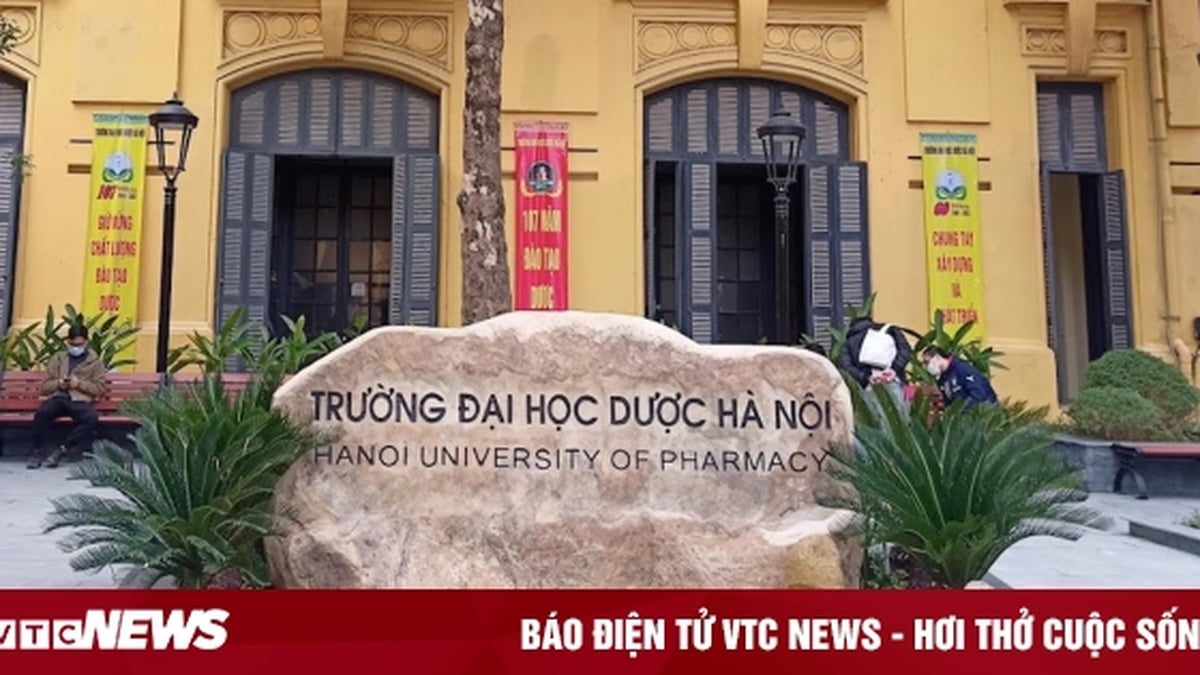
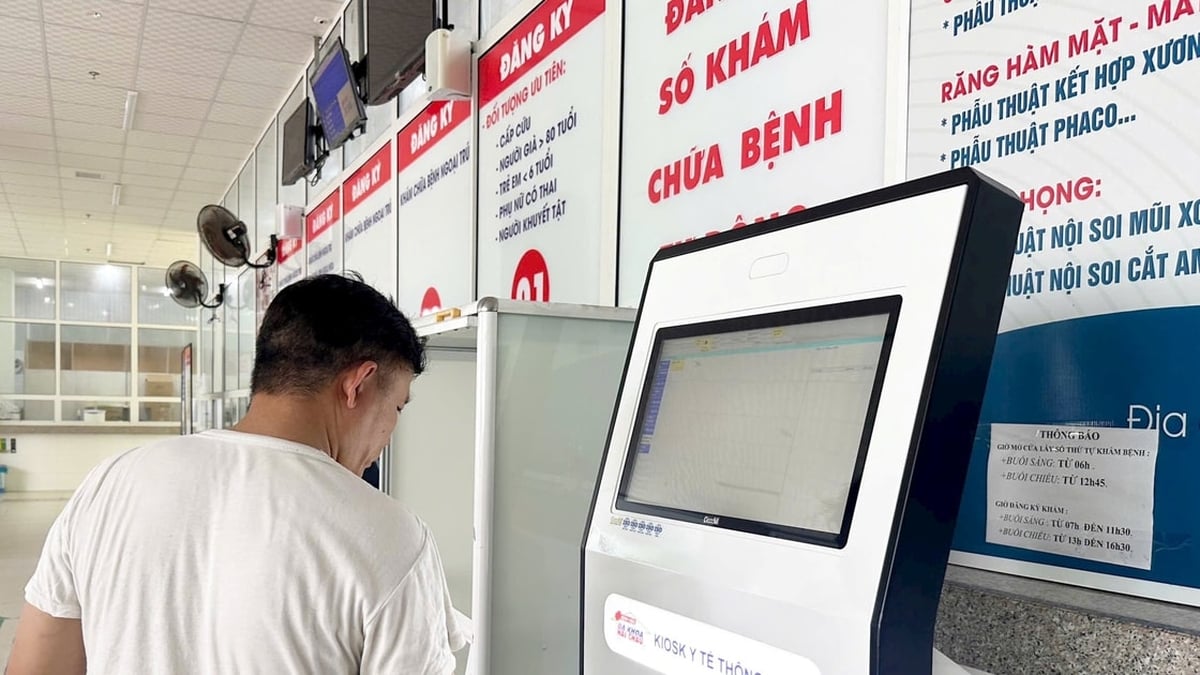
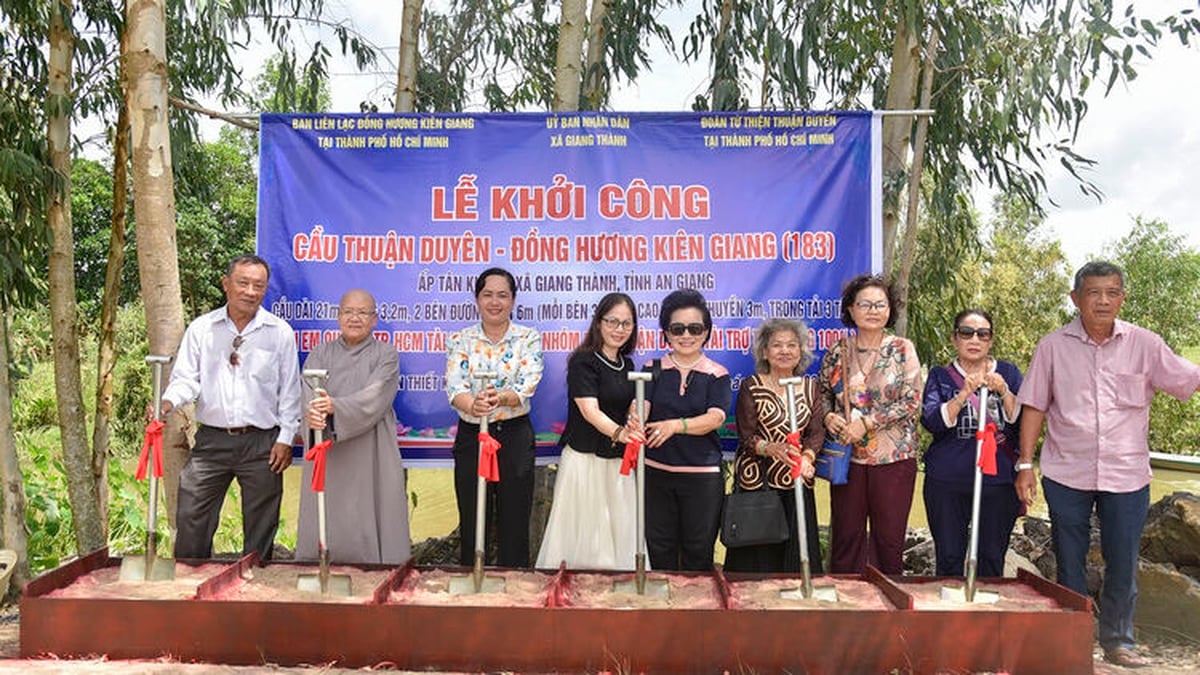
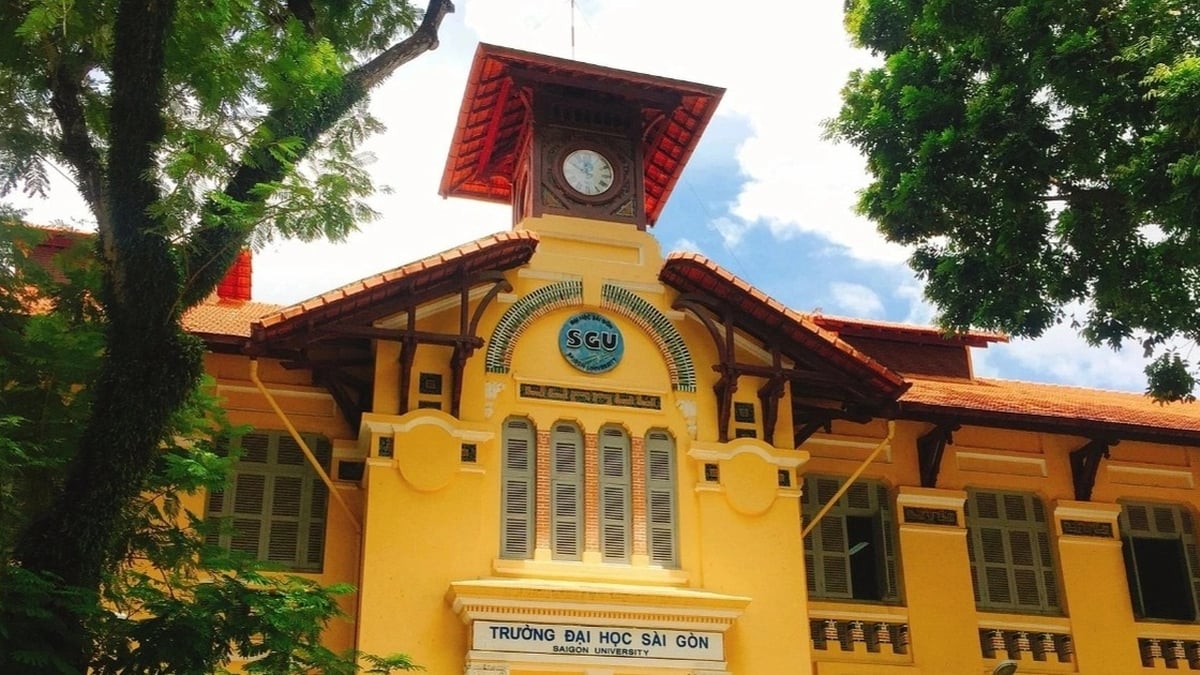
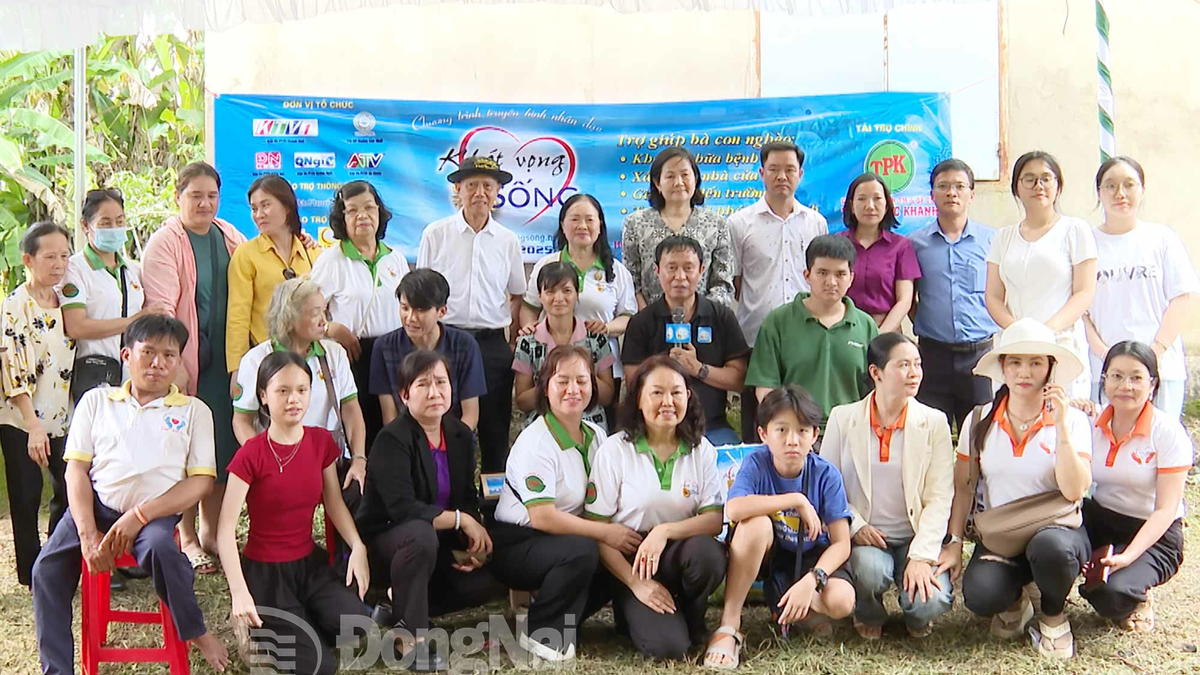
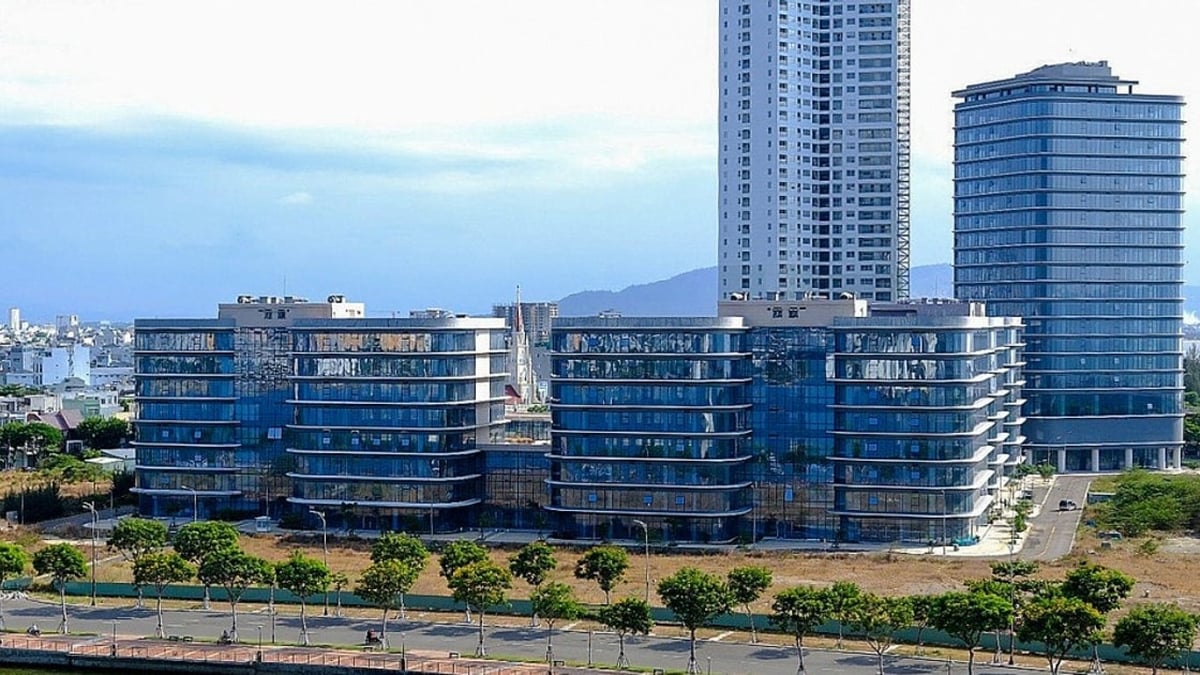

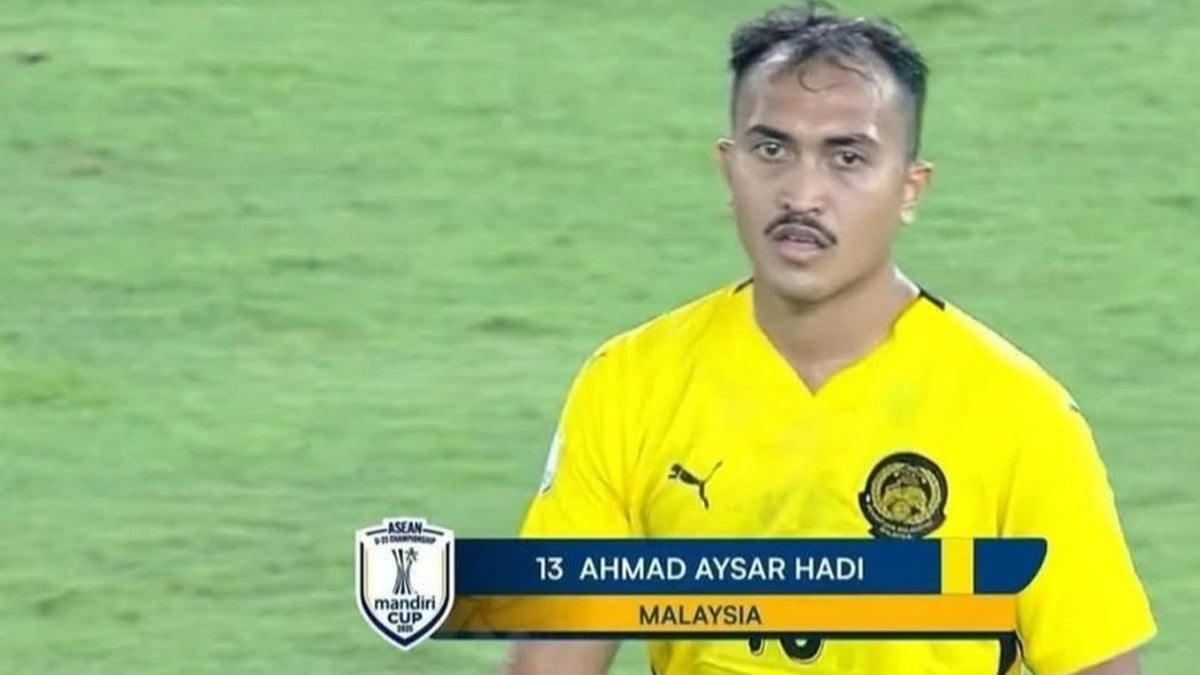
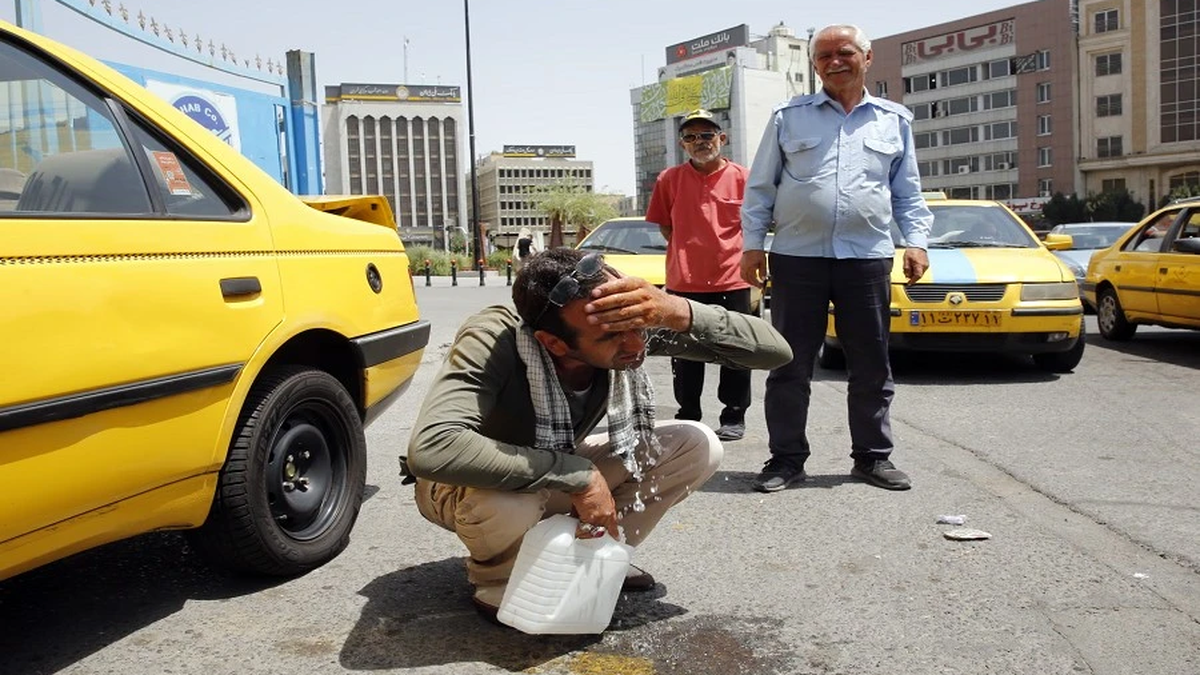
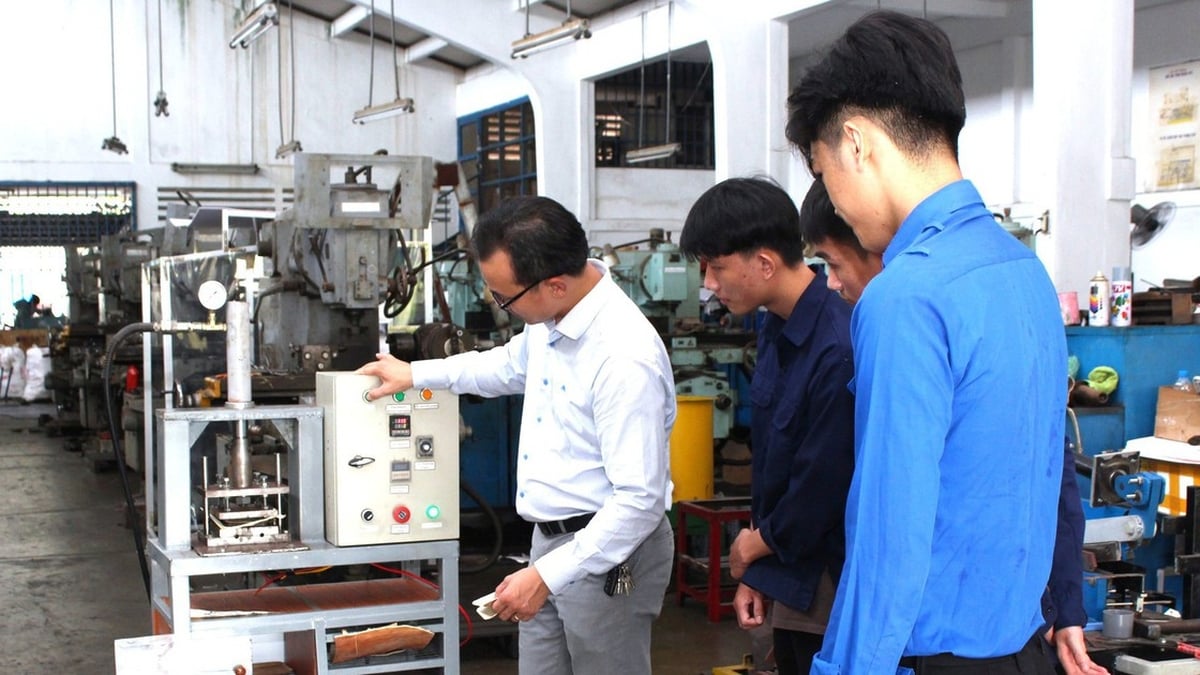




















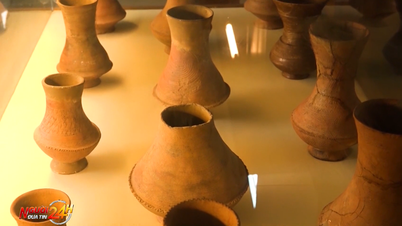

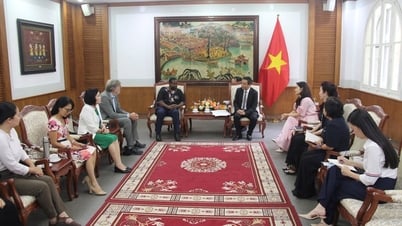
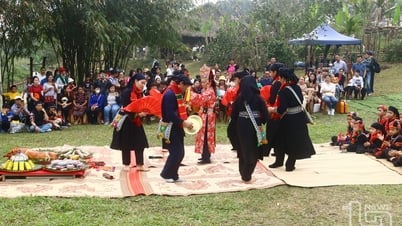
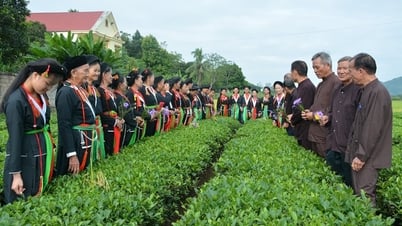

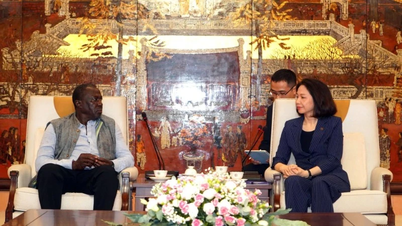


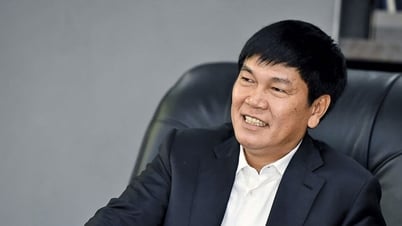

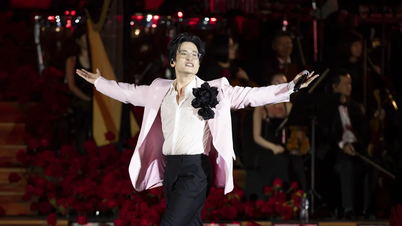





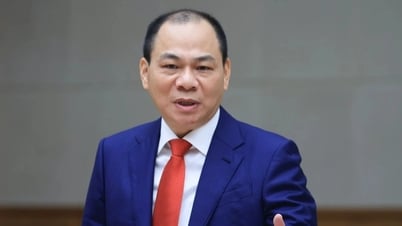
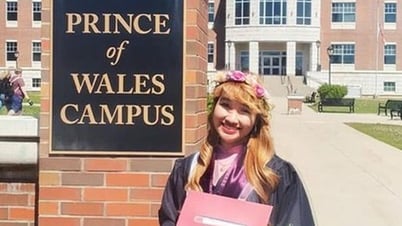
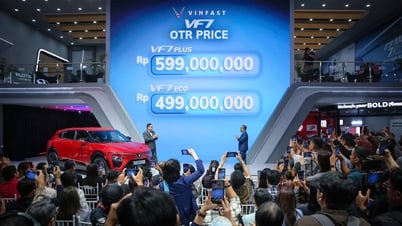

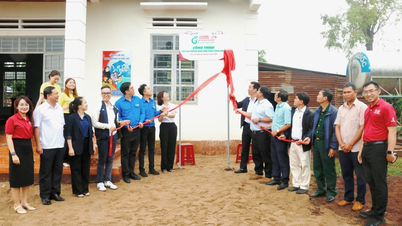

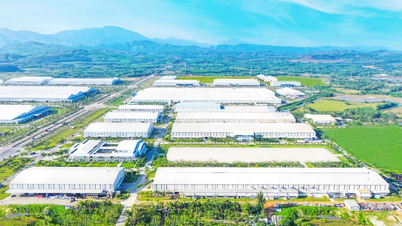
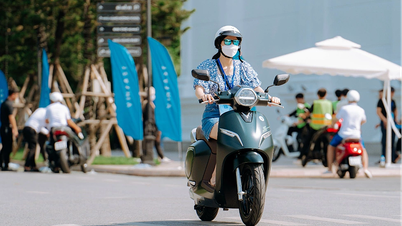



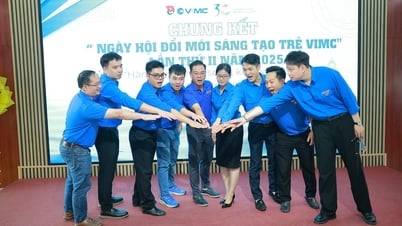
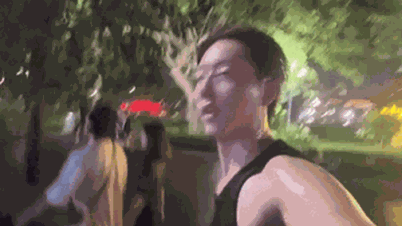



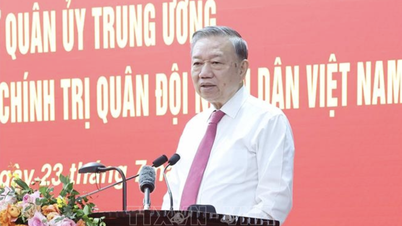

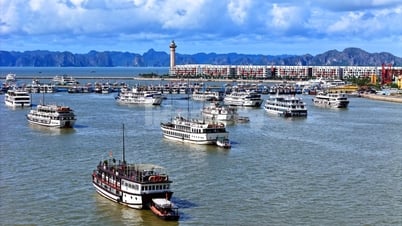

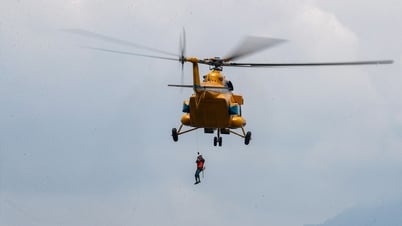

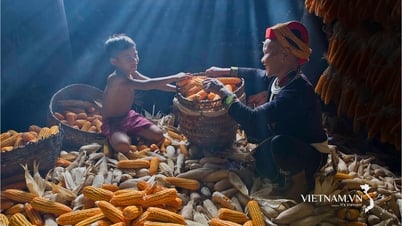
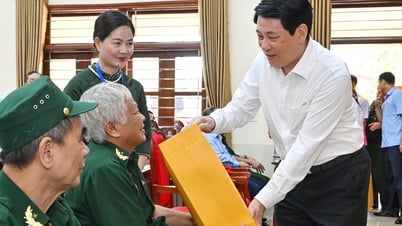

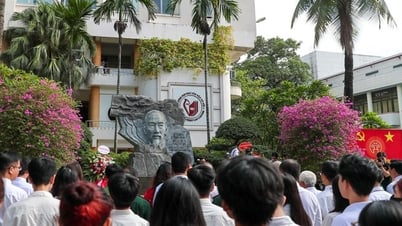

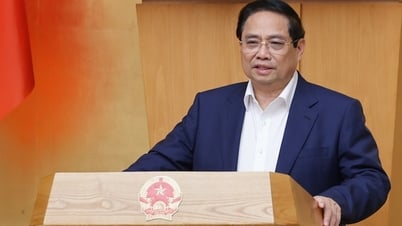
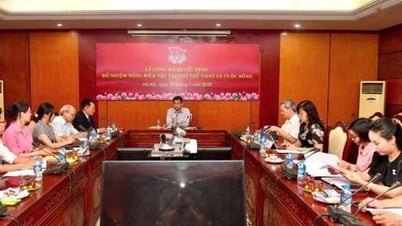
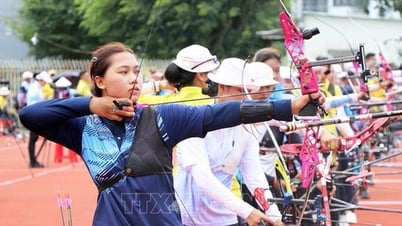
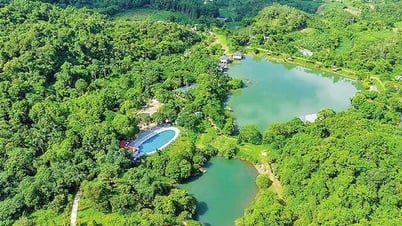







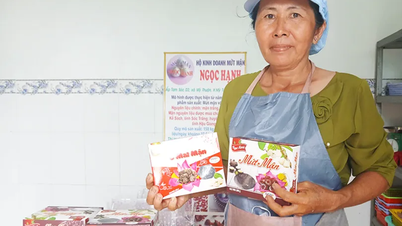





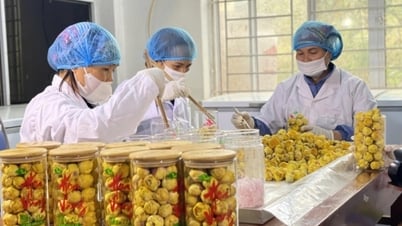

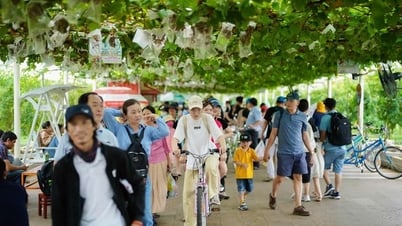




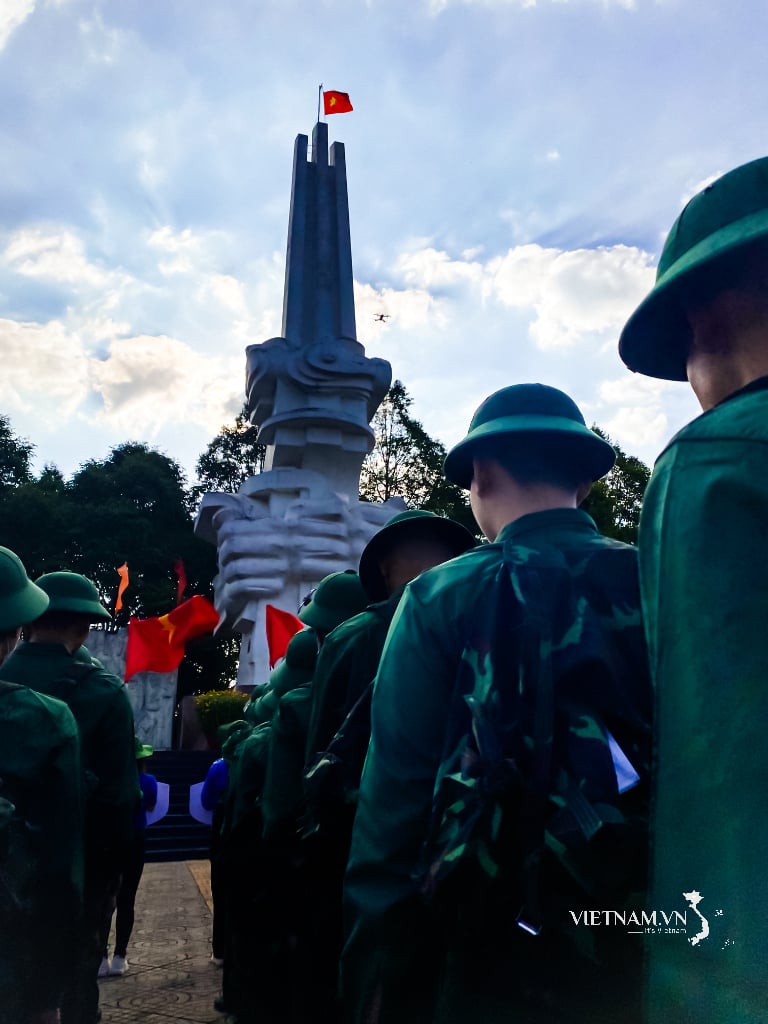


Comment (0)